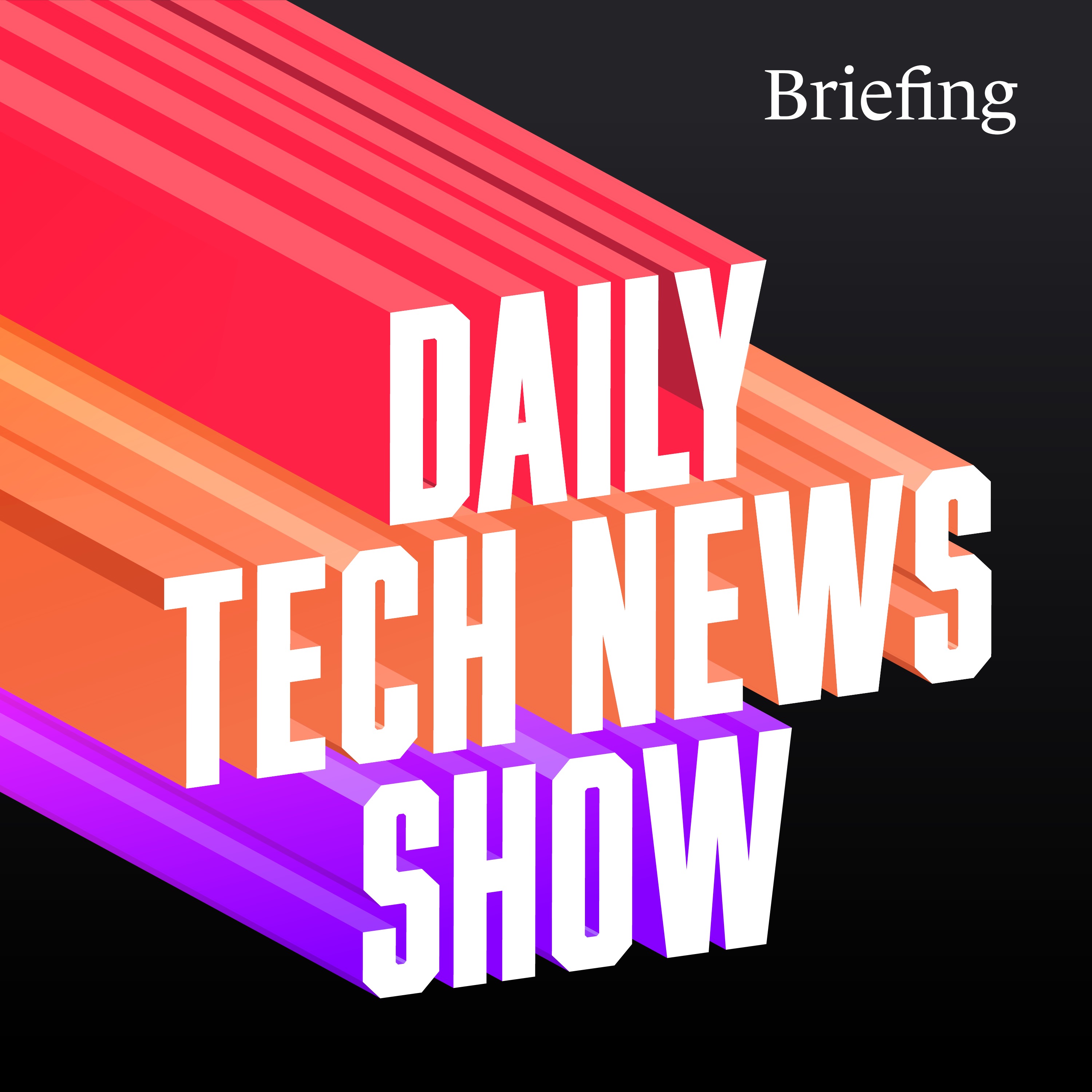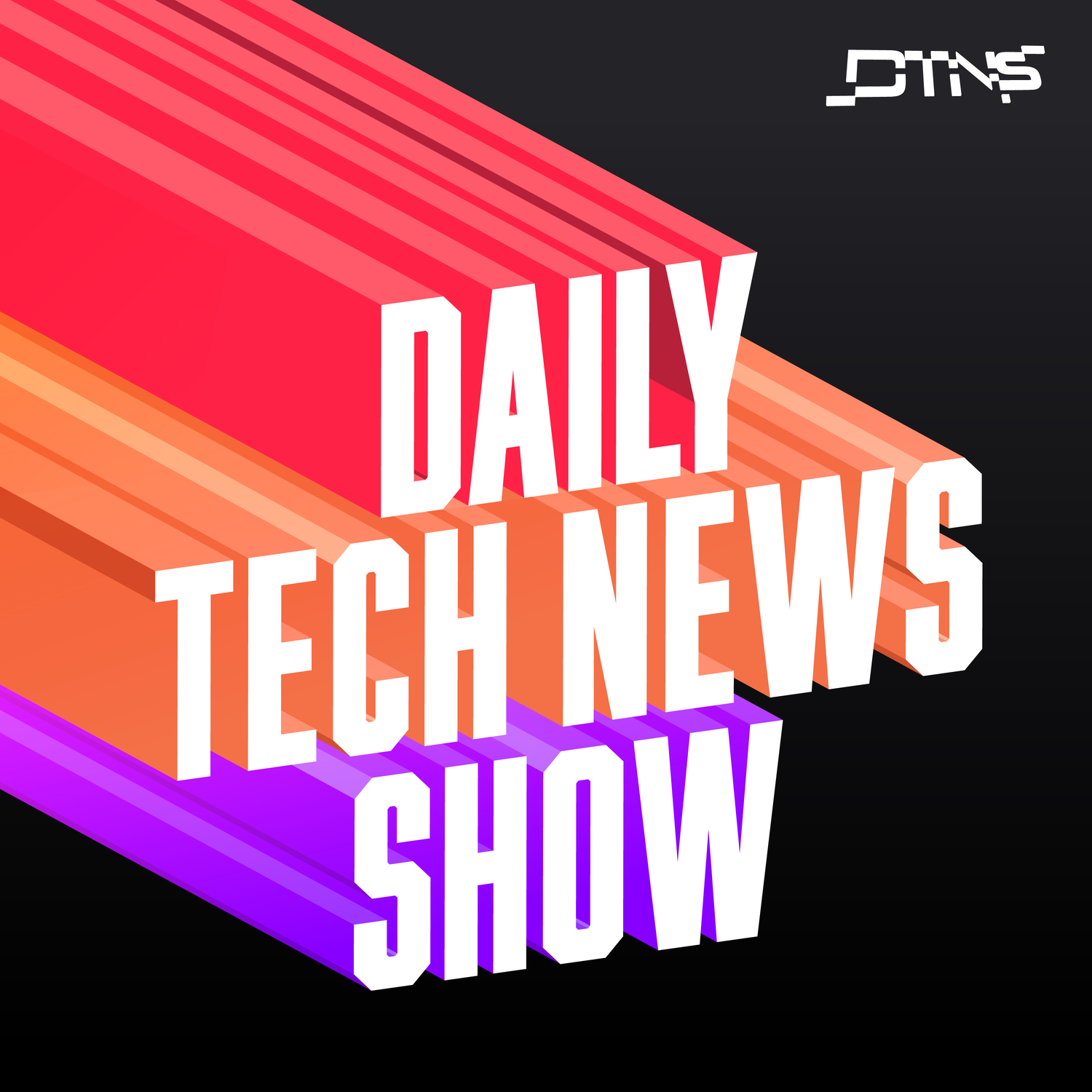We're sunsetting PodQuest on 2025-07-28. Thank you for your support!
Export Podcast Subscriptions
Nvdia Is All About Robotics Now - DTNSB 4979
2025/3/19

Daily Tech News Show
B
Brian Brushwood
J
Jenn Cutter
T
Tom Merritt
知名科技播客主播和制作人,长期从事在线内容创作。
Tom Merritt: 我认为Nvidia公司GTC大会的主要焦点是机器人技术。他们发布了新一代数据中心芯片,旨在提升AI模型在机器人和自动驾驶领域的性能。此外,他们还推出了新的DGX电脑,使开发者能够在本地运行大型AI模型,并投资光子芯片技术以提高数据中心GPU互联效率。他们还与谷歌DeepMind和迪士尼合作开发了Isaac Groot N1,一个专门用于机器人的基础模型。所有这些都指向了Nvidia在机器人和自动驾驶领域的战略布局。
Jenn Cutter: 许多人对Nvidia公司在游戏显卡方面的发布感到失望,因为他们没有发布针对游戏玩家的新显卡。然而,我认为生成式AI模型可以轻松处理快餐店的简单点餐流程,这将提高效率。
Brian Brushwood: 我从未想过Pebble手表会再次回归。新一代Pebble手表在设计上与2016年的版本基本相同,但电池续航时间更长。Pebble手表最初的成功在于其长电池续航时间和简洁的通知方式。然而,现在其主要优势(长电池续航)不再是独一无二的。为了在市场上取得成功,Pebble应该专注于其独特之处,而不是试图与竞争对手直接竞争。他们应该允许用户进行更广泛的自定义和编程,例如,通过LLM风格的编码,用户只需描述他们想要的表盘外观,就能轻松创建。
Deep Dive
NVIDIA's GTC conference showcased a strong emphasis on robotics and autonomous vehicles. Key announcements included new chips designed for AI and robotics, partnerships with major companies like GM, and the introduction of new DGX computers for local AI model running.
- Yearly cadence for new GPUs will continue.
- New chips like Blackwell Ultra, Vera Rubin, and Feynman are designed for agentic and physical uses.
- Partnerships with GM, Waymo, and Ford signal a push into autonomous vehicles.
- DGX Spark, a smaller, more affordable DGX computer, was announced.
- Photonics technology is being explored for data center networking.
Shownotes Transcript
Plus the EU comes for Apple and Google, AGAIN and Atari has a watch that plays games.
Starring Tom Merritt and Jenn Cutter.
Links to stories in this episode can be found here).